The importance of being neighbourly
India is subtly adding four new elements in the policy matrix
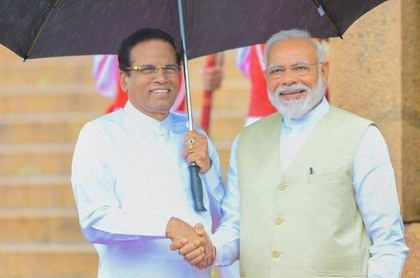 Courtesy: Twitter/@MaithripalaS
Courtesy: Twitter/@MaithripalaS
India is subtly adding four new elements in the policy matrix
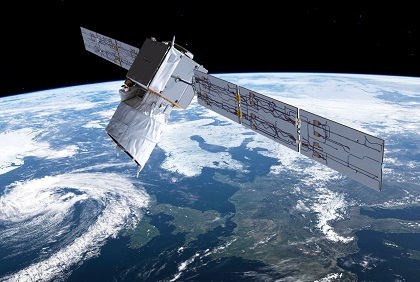 Courtesy: IEEE Spectrum
Courtesy: IEEE Spectrum
The Basic Exchange and Cooperation Agreement for Geospatial Cooperation (BECA), the last of the India-U.S. foundational agreements, will enable India to avail of U.S. expertise on geospatial intelligence and to sharpen the accuracy of weapons and automated hardware systems used for military purposes. But the over-emphasis on imaging in the agreement overlooks the likelihood of a clash between the telecom and meteorological technologies, which can hurt India’s crucial capabilities in space-based weather forecasting and disaster management
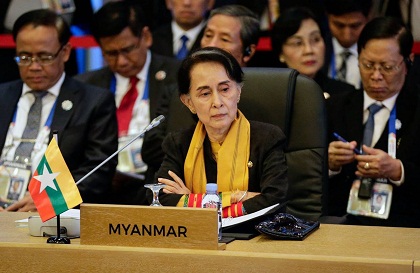 Courtesy: The Wall Street Journal
Courtesy: The Wall Street Journal
The Aung San Suu Kyi-led National League for Democracy, which has been in power for three years, has shown a modest score card, winning more censure than praise. Suu Kyi’s civilian-military equation has been good, but not her reluctance on the Rohingya issue. What chances does her party have of winning in Myanmar’s elections in 2020?
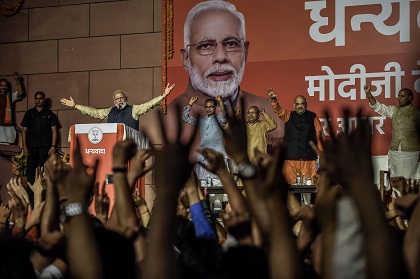 Courtesy: NY Times
Courtesy: NY Times
India’s foreign policy is increasingly blended in with its domestic agenda – and vice versa. Prime Minister Modi’s past proactive foreign policy has paid dividends in bringing global attention to India, a fact young voters have noticed and approved. In his second term, what will India’s foreign policy look like? A continuum of the past, but also new frameworks for the future
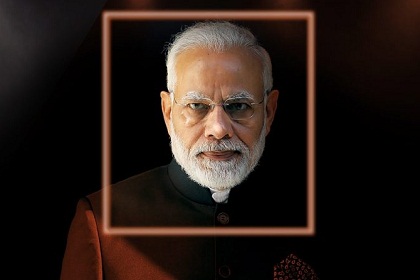 Courtesy: CNBC TV18
Courtesy: CNBC TV18
India's foreign policy under the second Modi government will take account of a turbulent world in which the old verities are disappearing and domestic political compulsions exert overwhelming influence on external postures
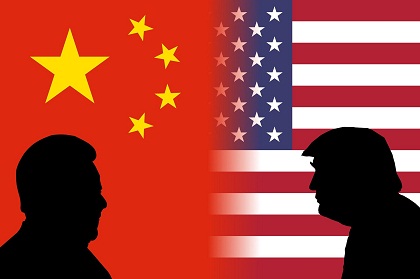 Courtesy: Enterprenuer.com
Courtesy: Enterprenuer.com
The U.S. strategy to impose steep tariffs on Chinese goods shipped to the U.S. has been puzzling since the tariffs are likely to hurt a large number of American enterprises based in China
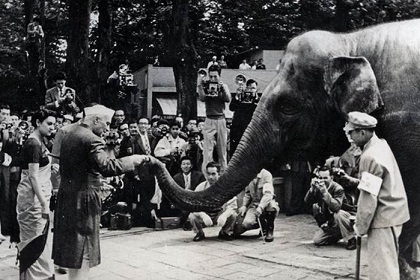 Courtesy: Free Press Journal
Courtesy: Free Press Journal
Japanese Emperor Naruhito’s coronation on May 1, marking the dawn of the Reiwa Era, is a milestone also for the Indian merchant diaspora, which began arriving during the reign of the Meiji Emperor in the 1870s. The strength of the India-Japan bilateral relationship lies in the 150-year-old narratives of these family-run firms and the success of many Indo-Japanese collaborations
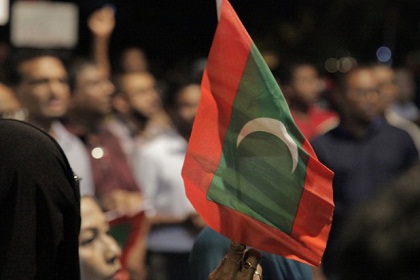 Courtesy: Dying Regime / Flickr
Courtesy: Dying Regime / Flickr
Maldives’ new president, Ibrahim Solih, has had two election wins in a span of six months – his own in September 2018 and his Maldivian Democratic Party’s landslide victory in the Majlis elections about three weeks ago. An analysis of what this win says about democratic politics in Maldives, improved relations with India and the complex equation it shares with China
 Courtesy: Gateway House
Courtesy: Gateway House
Naoyuki Yoshino, Dean, Asian Development Bank Institute, outlined some of the issues that will concern Japan, which is president of the G20 this year. He was in Mumbai for the India-Japan dialogue, organised by Gateway House recently
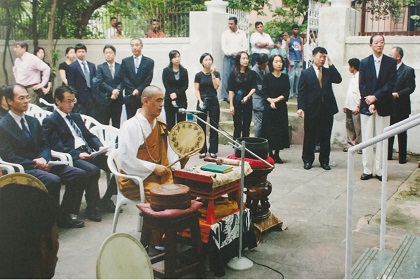 Courtesy: Gateway House
Courtesy: Gateway House
At the turn of the 20th century, British India was home to about 3,000 Japanese expatriates, and Bombay and its presidency had well-established trade ties with Imperial Japan – until the Second World War brought it all to an end. The city never regained its substantial Japanese resident population, but the few monuments that remain point to rich political and religious linkages